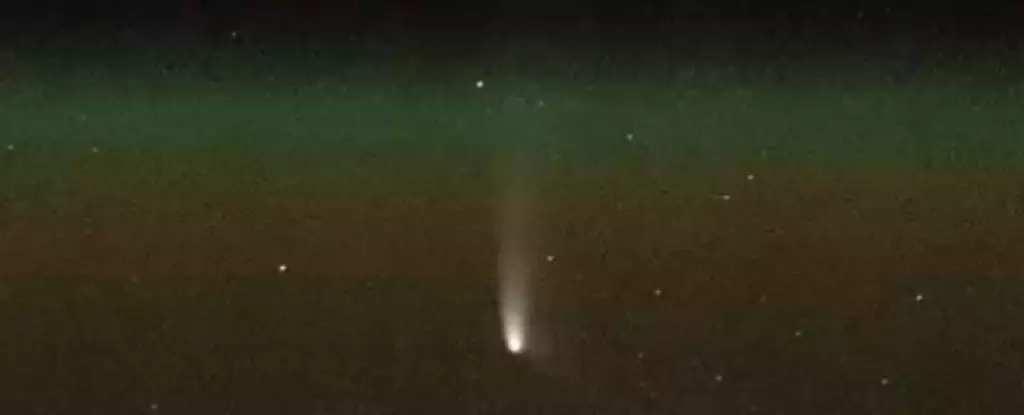In January 2023, astronomers unveiled the discovery of a new comet, designated C/2023 A3 (Tsuchinshan-ATLAS). Comets are not a rarity in the vast expanse of our universe—in fact, new ones are discovered quite frequently. However, there was a wave of excitement surrounding C/2023 A3 due to its potential to shine brightly as it approached the Sun. Speculation arose labeling it as possibly the “comet of the century,” a notion that seasoned astronomers promptly cautioned against. The unpredictable nature of comet brightness and behavior makes any such declarations highly speculative. As with all astronomical events, we will only learn the true nature of this celestial body as it draws closer.
As of the current period, C/2023 A3 is positioned in the morning sky and is observable in regions such as Australia and Aotearoa New Zealand. Bürger observatories suggest that while it may not be captivating in its initial visibility—a mere fuzzy spot to the naked eye—it offers a more impressive view when aided by binoculars. The comet’s distinguishable tail, which extends away from the Sun, is becoming increasingly identifiable to those equipped with even modest telescopic lenses. The encouraging outlook is that visibility should improve as the weeks progress, particularly as it approaches perihelion—the point in orbit where it comes closest to the Sun—estimated to occur on September 27.
As Comet Tsuchinshan-ATLAS edges closer to the Sun, it is predicted to brighten noticeably, culminating in an anticipated peak brightness around its perihelion. Various resources recommend optimal viewing conditions and timings, particularly during the last days of September and the first few days of October. During this time, enthusiastic skywatchers are expected to have the best chances to observe a stunning celestial display. The comet’s trajectory also suggests that it will traverse an interesting path, with notable interactions occurring between Earth, the Sun, and the comet itself.
Specifically, on October 9 and 10, C/2023 A3 will pass nearly in line between the Sun and Earth. This positioning could lead to a phenomenon called “forward scattering,” where sunlight is reflected by particles of dust trailing the comet. Depending on the dust density around the comet, this could enhance its brightness beyond typical expectations, potentially rendering it visible during daylight—a rare treat for astronomers.
As October approaches, the visibility of C/2023 A3 will gradually shift from the morning sky to the evening. Upon completing its passage near the Sun, the comet will re-emerge into the night sky, likely granting observers a spectacular view as it climbs higher each evening. This transition can yield dramatic photographic opportunities, as the comet’s tail might elongate, resulting in a visually arresting display against the dark canvas of space. However, as the comet ascends, its brightness is expected to diminish swiftly after the initial peak display.
The astronomy community is on high alert, as this phase of the comet’s journey promises both aesthetic and observational intrigue. While the promise of a dazzling tail stretching across the heavens is enticing, observers should temper their expectations, as comet brightness is notoriously fickle. A gradual fade will likely occur into late October, after which Comet C/2023 A3 will retreat into the vast, cold realms of space, far from our view.
Despite the excitement surrounding Comet C/2023 A3, a prudent approach to its observation is essential, as the unpredictable nature of comets can lead to unexpected outcomes. The saying that “comets are like cats—they have tails and can surprise us” aptly captures the whimsical unpredictability of these celestial wanderers. While current predictions suggest that Comet C/2023 A3 is on a clarion course to becoming a noteworthy celestial sight, there remains an ever-present potential for surprise, whether through spectacular displays of brightness or unforeseen disintegration.
As October unfolds, both amateur and professional astronomers will no doubt be drawn into this cosmic performance, readying their gear and scopes for what may be an unforgettable night under the stars. Whether C/2023 A3 ultimately meets the lofty expectations set for it remains to be seen, but the experience of observing it—as with all comets—ensures a thrilling journey through the realms of our solar system.


Leave a Reply